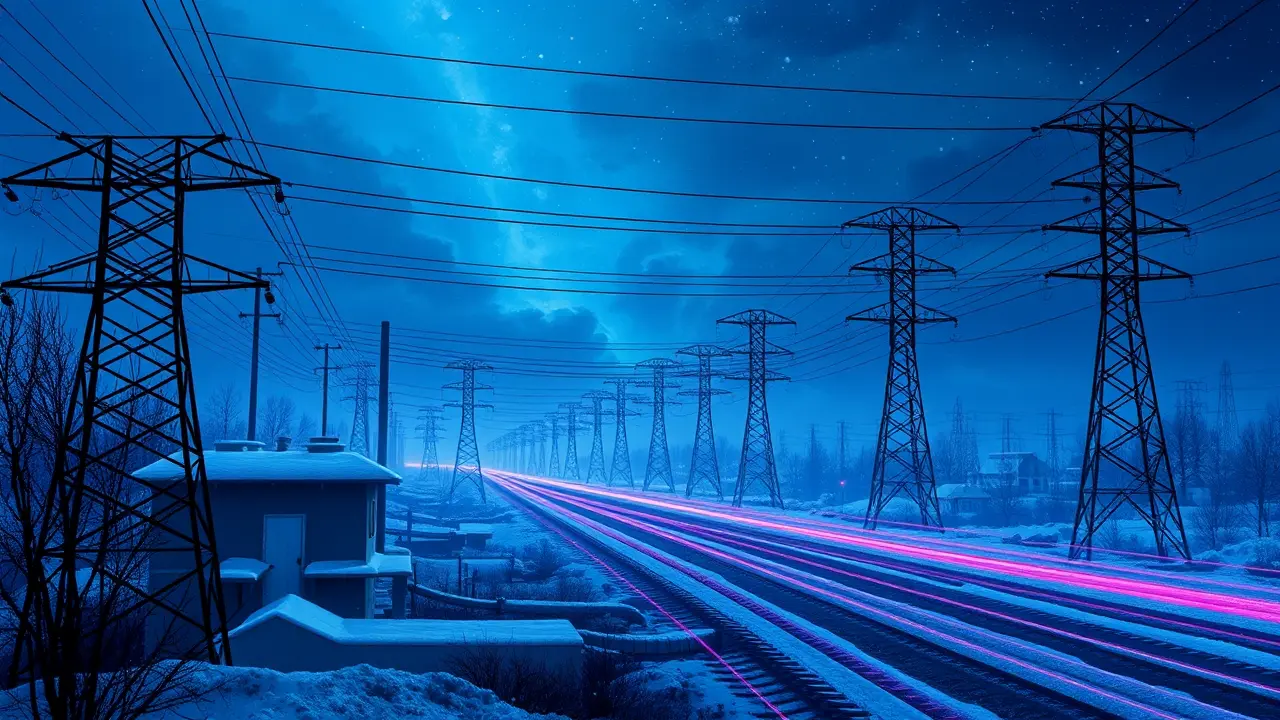
Politicsconflict & defenseMilitary Operations
Ukraine's Energy Sector Hit by Overnight Russian Strikes
OL
Oliver Scott
20 hours ago7 min read
The overnight assault on Ukraine's energy grid represents more than a tactical escalation; it is a calculated maneuver in a broader, high-stakes campaign of attrition designed to weaponize winter itself. Russian forces launched a coordinated wave of strikes targeting multiple Ukrainian regions, an offensive that President Volodymyr Zelenskyy confirmed inflicted devastating collateral damage on ordinary residential buildings and civilian infrastructure, while its primary focus remained the systematic dismantling of the nation's power generation and distribution capabilities.This is not an isolated event but a recurring pattern, a grim sequel to the energy terror of previous winters that seeks to freeze the Ukrainian resistance into submission by plunging its cities into darkness and cold. From a risk analysis perspective, the immediate consequences are stark: widespread blackouts crippling hospitals, water systems, and communication networks, creating a cascading humanitarian crisis that stretches civilian morale to its breaking point.The strategic calculus for Moscow is clear—by attacking the energy sector, a backbone of both civilian life and military-industrial capacity, they aim to erode Ukraine's ability to sustain its war effort and the public's will to endure it. Looking at the historical precedent, such infrastructure warfare echoes the strategic bombing campaigns of World War II, yet is executed with the precision of modern cruise missiles and Iranian-made Shahed drones, allowing for a sustained siege that avoids, in the immediate sense, the high casualties of conventional ground assaults but inflicts a slow, grinding toll.Expert commentary from security analysts at institutions like the RAND Corporation suggests this is a deliberate pivot, a recognition that frontal assaults on fortified lines have yielded minimal gains, forcing a return to a doctrine of deep-strike interdiction against logistical and economic targets. The possible consequences ripple far beyond Ukraine's borders; a crippled Ukrainian energy sector increases its dependency on Western aid not just for weapons, but for generators, transformers, and entire power plants, testing the resolve and industrial capacity of the NATO alliance.Furthermore, it signals to other nations in Russia's perceived sphere of influence the brutal cost of defiance, a lesson written in shattered substations and frozen pipelines. The broader context is one of a protracted war of endurance, where the front line is not only in the trenches of Donbas but in every Ukrainian home that loses heat and light.As global energy markets remain volatile, these strikes also serve as a stark reminder of how geopolitical conflict can weaponize critical infrastructure, a scenario with profound implications for European security architecture and the future of hybrid warfare. The analytical insight points to a grim winter ahead, where Ukraine's resilience is pitted against a strategy of systemic collapse, and the international response—or lack thereof—will be measured in megawatts restored and lives preserved from the cold.
#featured
#Russia
#Ukraine
#energy infrastructure
#strikes
#civilian targets
#Zelenskyy
Stay Informed. Act Smarter.
Get weekly highlights, major headlines, and expert insights — then put your knowledge to work in our live prediction markets.
© 2025 Outpoll Service LTD. All rights reserved.